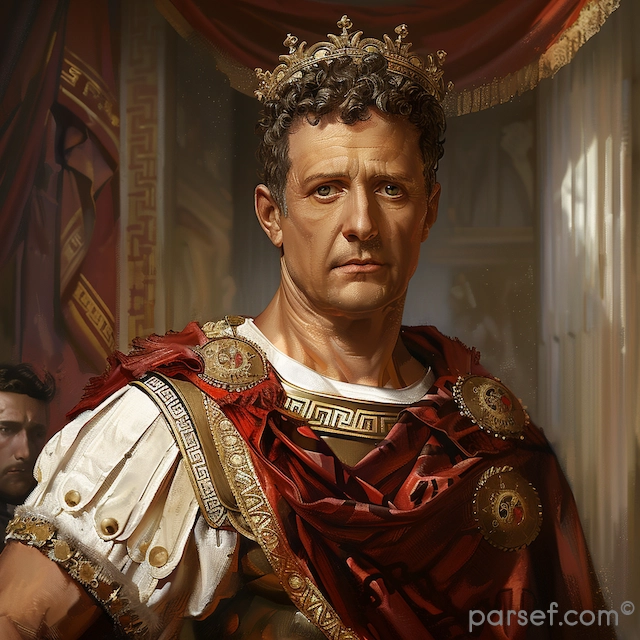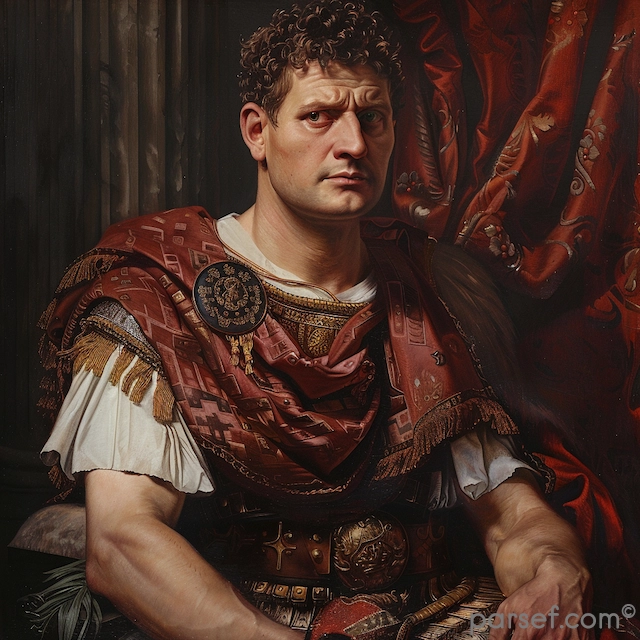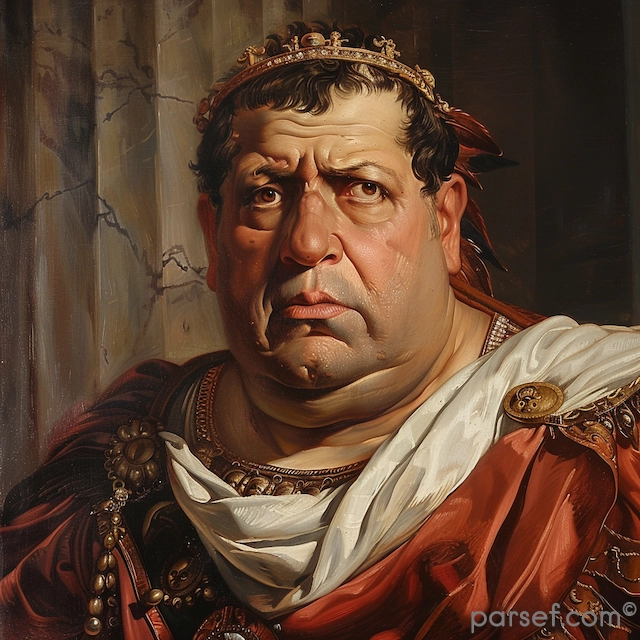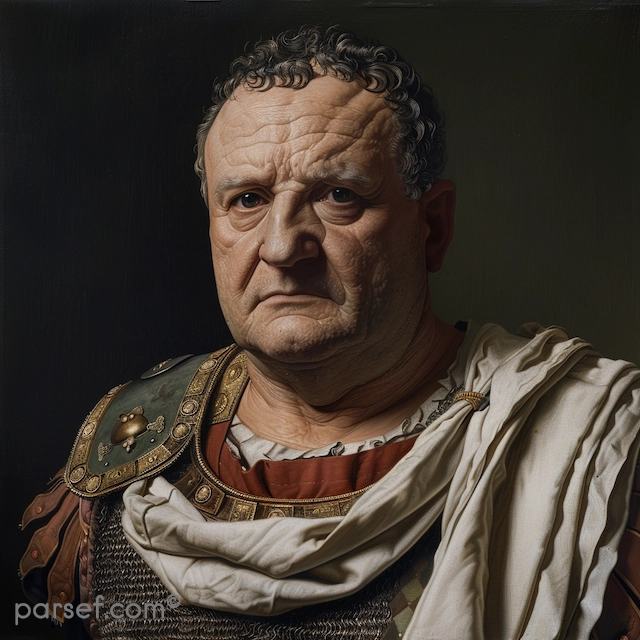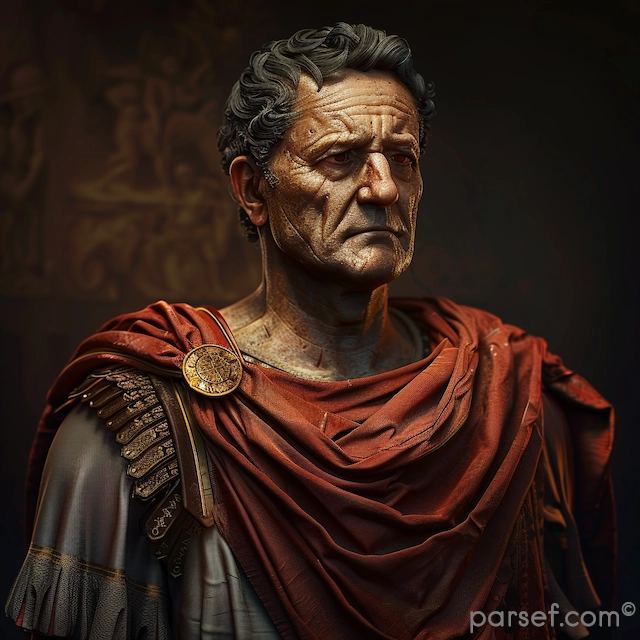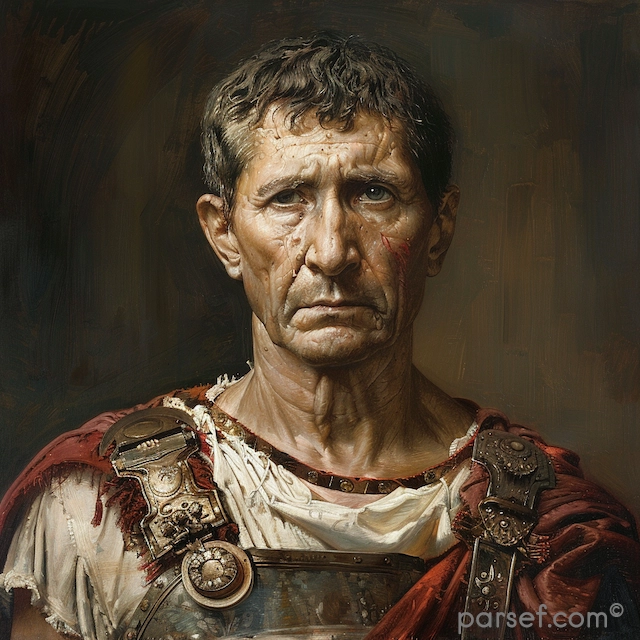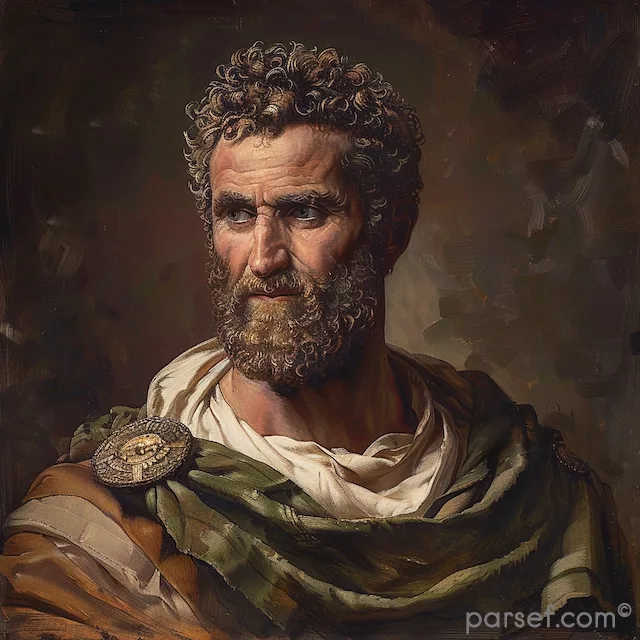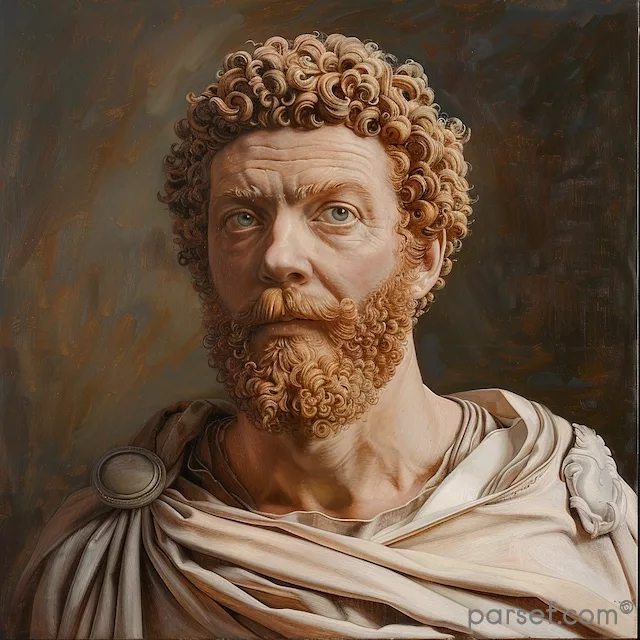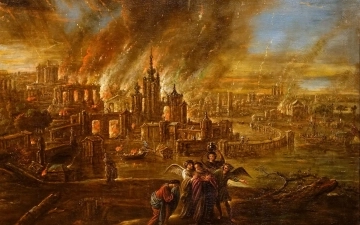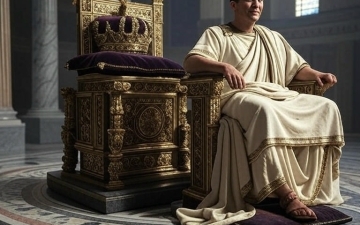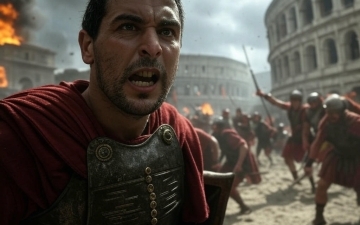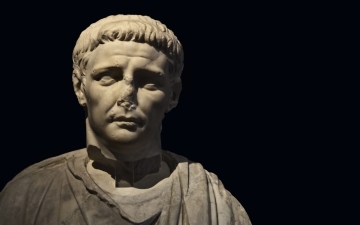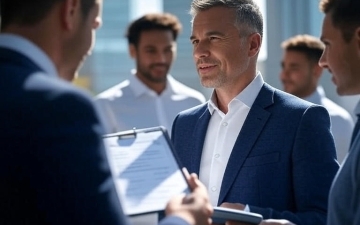Caligula: Madness and Infamy in the Roman Empire
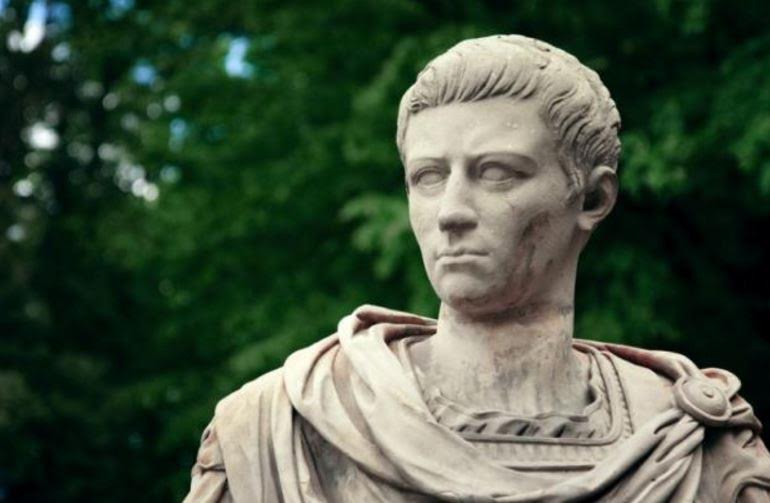
The name Caligula is synonymous with madness and infamy in the annals of Roman history. Gaius Julius Caesar Augustus Germanicus, known as Caligula, was the third Roman Emperor, and his tumultuous reign left an indelible mark of cruelty, debauchery, and tyranny. In this article, we delve into the life and notorious reign of Caligula, shedding light on the dark chapters of the Roman Empire.
Early Life and Rise to Power
Caligula was born in 12 CE to Germanicus, a prominent military commander, and Agrippina the Elder. His early years were marked by a close association with the Roman legions, earning him the nickname "Caligula" (meaning "little boot") due to the miniature military uniform he wore as a child.
After the death of his father and family members, Caligula found himself in a precarious situation. However, in 37 CE, the Praetorian Guard proclaimed him Emperor, bringing him to power at the age of 25.
The Early Years of Rule
Initially, Caligula's reign appeared promising. He showed early signs of political acumen and populism by increasing public games and restoring confiscated property. However, this façade of benevolence was short-lived.
Reign of Madness and Cruelty
Caligula's rule soon descended into madness and cruelty. His actions shocked even the morally desensitized Roman populace. Some of the most infamous deeds during his reign included:
- Repression and Exile: Caligula ruthlessly exiled, tortured, or executed perceived enemies, including senators and his own family members.
- Deification of Himself: He declared himself a god, demanding divine honors from his subjects.
- Lavish Extravagance: Caligula squandered the treasury on extravagant projects, such as building a floating bridge across the Bay of Baiae and constructing opulent palaces.
- Debauchery: His personal life was marked by debauchery and sexual excesses, further eroding his moral standing.
- Pervasive Fear: Citizens lived in perpetual fear of his unpredictable and violent outbursts.
Assassination and Legacy
Caligula's reign of terror came to an end in 41 CE when he was assassinated by a group of conspirators, including senators and members of the Praetorian Guard. His death was met with a mixture of relief and celebration by the Roman populace.
Caligula's legacy is one of infamy and madness. His reign serves as a stark reminder of the dangers of unchecked power and the potential for cruelty within a totalitarian regime. After his death, the Senate and Roman historians sought to erase his memory from history, illustrating the profound impact of his tyranny on the collective consciousness of Rome.
The reign of Caligula remains a dark and cautionary tale in the history of the Roman Empire. His name lives on as a symbol of the depravity and madness that can manifest in the corridors of power, serving as a stark contrast to the ideals of justice, order, and virtue that the Roman Republic and Empire aspired to uphold.
Related Posts
Sodom and Gomorrah: The Rise and Fall of Two Ancient Cities
Sodom and Gomorrah are two of the most infamous cities mentioned in ancient religious texts, notably the Bible. For centuries, they have symbolized divine judgment, moral depravity, and catastrophic destruction. Their story is told in the Book of Genesis, and echoes of their downfall reverberate through theology, archaeology, and mythology....
Read MoreFrom Roman Thrones to Heavenly Crowns: The Emperor and the Rise of Catholicism
Once upon a time in the bustling heart of ancient Rome, emperors wore laurel wreaths and ruled sprawling empires with iron fists. Temples to Jupiter and Mars dotted the skyline, and gladiators clashed in the Colosseum under the approving gaze of the gods of Olympus. And yet, within this world...
Read MoreCaligula: Madness and Infamy in the Roman Empire
The name Caligula is synonymous with madness and infamy in the annals of Roman history. Gaius Julius Caesar Augustus Germanicus, known as Caligula, was the third Roman Emperor, and his tumultuous reign left an indelible mark of cruelty, debauchery, and tyranny. In this article, we delve into the life and...
Read MoreYear of the Four Emperors: A Visual Timeline
📅 68 AD April: Galba, governor of Hispania Tarraconensis, and Vindex, governor of Gallia Lugdunensis, rebel against Emperor Nero.May: The Rhine legions defeat and kill Vindex in Gaul.June 8: The Senate declares Nero a public enemy.June 9: Nero commits suicide; Galba is recognized as emperor.November: Vitellius is appointed governor of Germania...
Read MoreClaudius: The Unexpected Emperor and His Surprising Achievements
In the annals of Roman history, the name Claudius stands out as a remarkable story of an unexpected emperor who defied the odds and left behind a legacy of significant achievements. Often underestimated due to physical disabilities, Claudius rose to power and proved to be a capable and innovative ruler....
Read MoreLeadership and Planning Skills That Help with Moving
Relocating to a new home or city can be one of life's most stressful events. It involves juggling logistics, coordinating multiple people, and making critical decisions, all while managing the emotional toll of change. But if you approach your move with strong leadership and effective planning skills, the process becomes...
Read More

